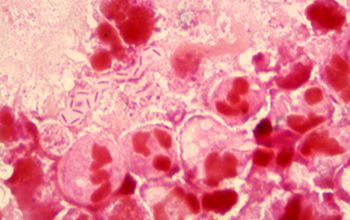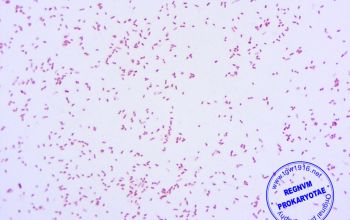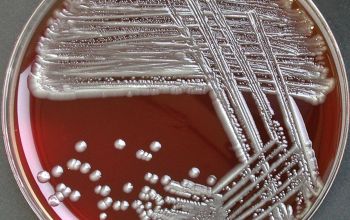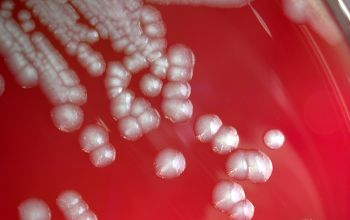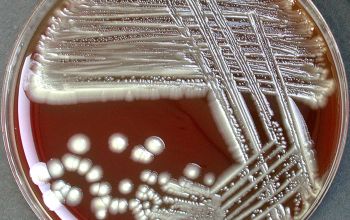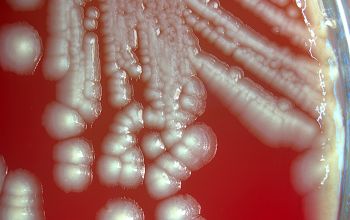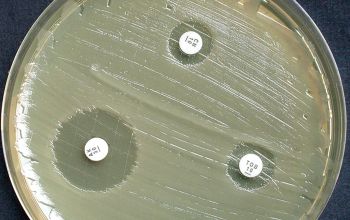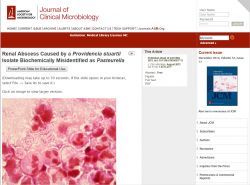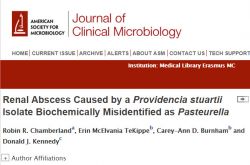Providencia stuartii
-
General information
General information
Organisms belonging to the genus Providencia have undergone many taxonomic changes since their first description, with frequent confusion and overlap between organisms of the closely related genera Providencia, Proteus and Morganella
Taxonomy
Family: Morganellaceae
P. alcalifaciens
- P. rustigianii (P.alcalifaciens biogroep 3)
P. rettgeri
P. stuartii
apathogeen P. heimbachae, P. vermicola
Natural habitats
They are ubiquitous in the environment, especially water and clinical samples, such as; urine, feces, blood, wounds and throat.
Also occur in animals, mammals, birds, reptiles and insects.
Clinical significance
Patients with burns are at a higher risk of Providencia wound infection, like P. stuartii and P. rettgeri
Patients who develop Providencia urinary tract infections often have long-standing dependence on an indwelling urinary catheter.
Both species (P. rettgeri more commonly than P. stuartii) have recently been implicated as etiologic agents in traveler's diarrhea, making travel history important in patients with acute-onset diarrhea.
-
Gram stain
Gram negative rods,
0.6-0.8 x 1.5-2.5 µm,
ranging in length from coccoid rods to long wire forms.
-
Culture characteristics
-
Facultative anaerobic
BA: colonies are large, 4mm, gray white, opaque, shiny, smooth and convex.
Brown pigmentation may occur in the center (P. rettgeri)
McConkey: growth, non lactose fermenter
BBAØ: growth
-
-
Characteristics
-
References
James Versalovic et al.(2011) Manual of Clinical Microbiology 10th Edition
Karen C. Carrol et al (2019) Manual of Clinical Microbiology, 12th Edition
https://www.tgw1916.net/Enterobacteria/Providencia.html ABIS photo
Renal Abscess Caused by a Providencia stuartii Robin R. Chamberland Journal of Clinical Microbiology

